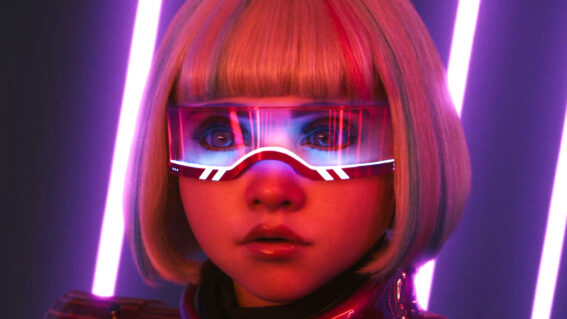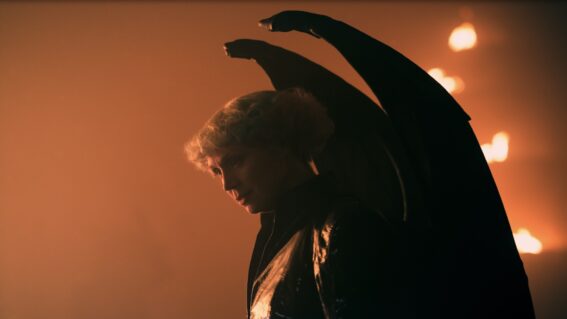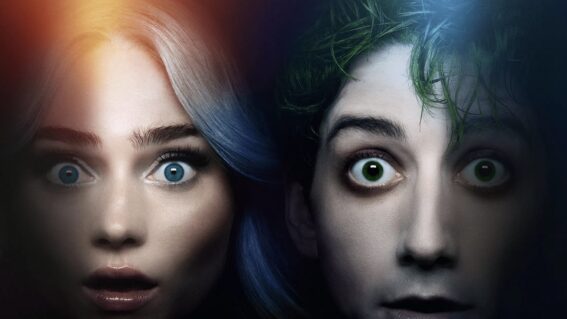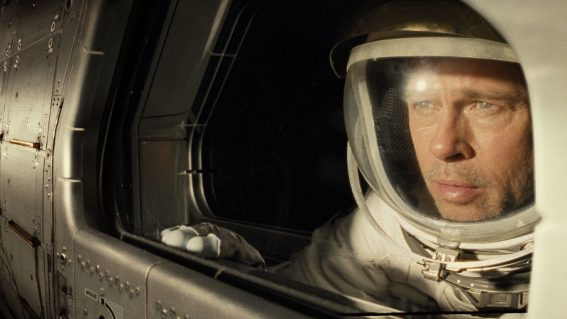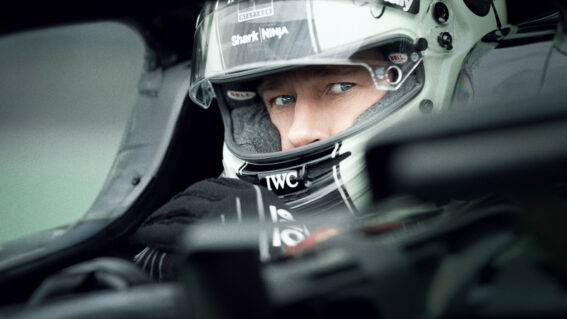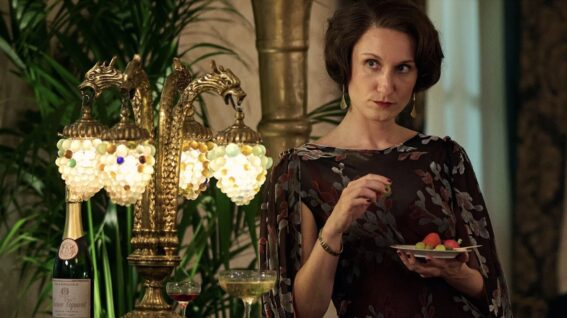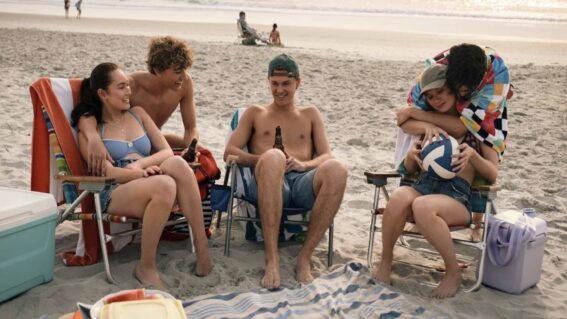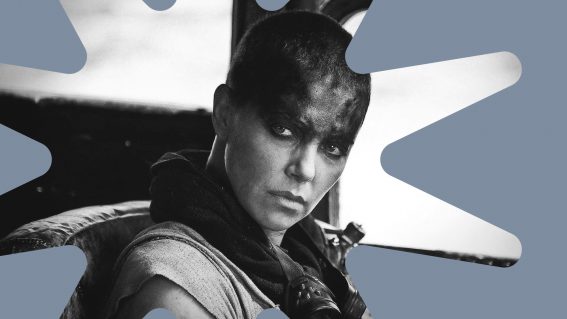David Dastmalchian talks Satanic panic, 70s TV, and Late Night With the Devil
“I was raised in a conservative, religious household, so the Satanic Panic was very real.”
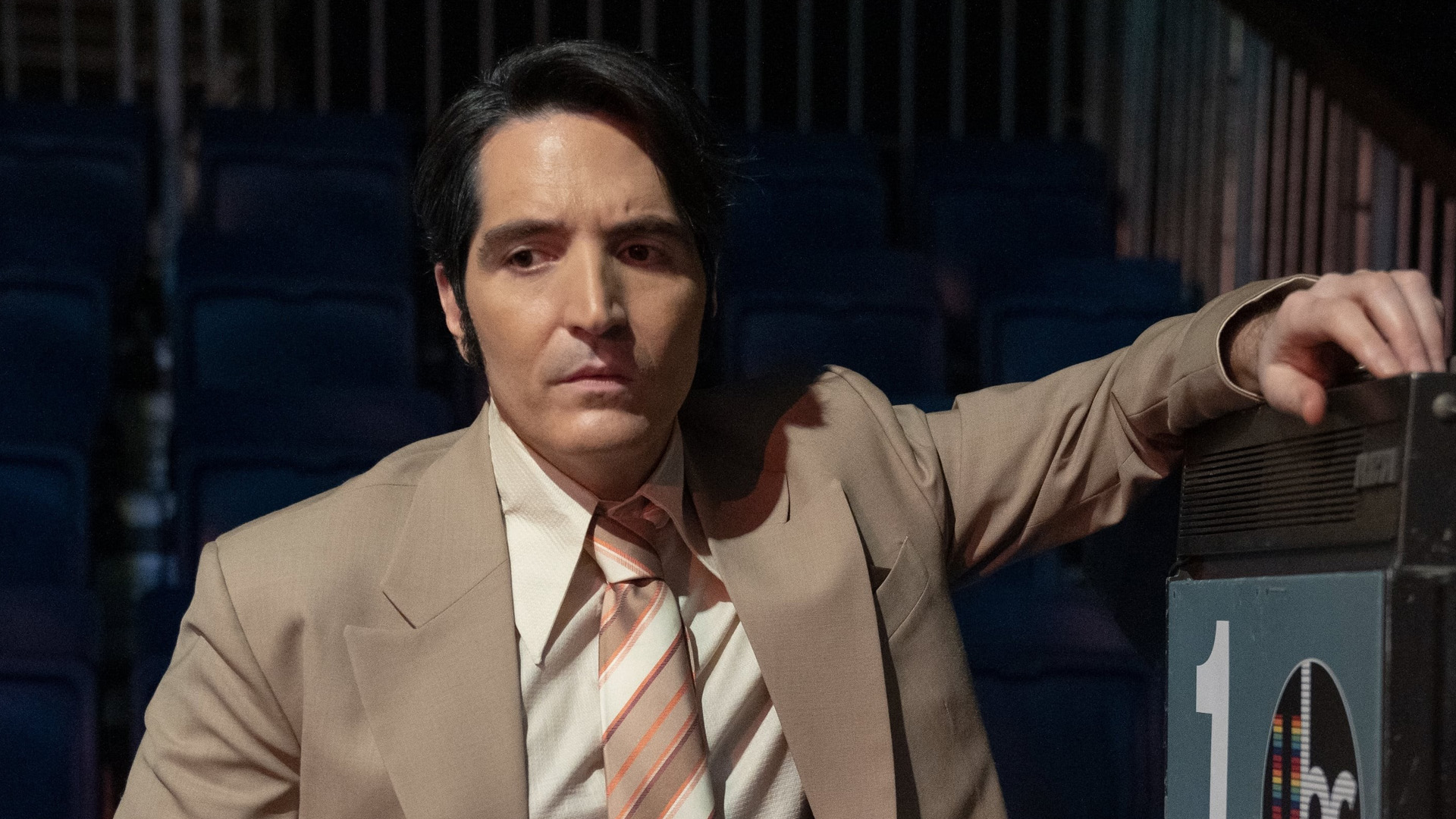
A 70s talk show episode turns horrific in film festival fave Late Night With the Devil. Its star David Dastmalchian chats with Steve Newall about stepping into the culture of late night TV and his own relationship with horror.
David Dastmalchian is a classic “oh, that guy!” on screen, thanks to memorable supporting roles in everything from The Dark Knight to Dune, The Suicide Squad and Oppenheimer. The more of Dastmalchian we’ve seen, the more he’s impressed, and now Late Night With the Devil sees the actor in a rare leading role—an opportunity he seizes with both hands.
As 70s late night talk show host Jack Delroy, Dastmalchian is the gravitational body around which Late Night With the Devil and its fictitious talk show Night Owls with Jack Delroy both orbit. Bringing to life both the on- and offscreen versions of a talented and ambitious talk show host, one who’s perpetually in the shadows of his more successful competitor Johnny Carson, Dastmalchian has a hell of a lot of work to do here—and after seeing Late Night, it’s impossible to picture anyone else being able to juggle these elements.
As Dastmalchian tells me, the twin challenges really appealed to the actor. “That was really powerful about the idea of getting to take on this role for me”, he says. “Not only the fear of playing a late night talk show host. I’ve got this public persona as Jack Delroy, this person that’s in front of the camera who’s yucking it up and making people laugh and trying to capture people’s hearts and make them stay on my channel—don’t turn the channel, we’ve got to get those Nielsen ratings. But then as soon as they yell ‘cut!’, as soon as we go to commercial, you have this intimate portrait of a guy who is losing his tether, a guy who is so scared of losing his dream, who’s so unprocessed with his mourning of the love of his life that to me as an actor, that seemed like a really ripe vineyard to be going to and plucking some grapes.”
The culture of late night television in the 70s was a special thing. By its nature, it is intimate to the viewer, and due to its timeslot, could get away with stretching the boundaries of what’s allowed on TV. But the paucity of other entertainment options meant that audiences were huge—in Carson’s heyday he was reaching 58 million Americans, Superbowl-scale numbers.
Among the audiences being thrilled by late night TV offerings was a young David Dastmalchian. He recalls sneaking downstairs in the family home in Kansas to watch late night horror, despite living in a very conservative house where scary movies and late night television were forbidden. “We had a horror host in Kansas City where I grew up named Crematia Mortem”, Dastmalchian reminisces. “She would tell jokes and do funny monologues and have all these prop gags. And then she’d introduce old, you know, Vincent Price and Christopher Lee and Lon Chaney movies. That was my first introduction to the culture of late night television.”
Then came talk shows, full of movie stars, musicians, athletes and animal handlers, introduced into the living room by hosts like Johnny Carson and David Letterman. “I always loved shocking television,” he says. “Probably, because it was such a conservative household, anything that was racy or wild, I kind of loved as a kid.”
This appetite put Dastmalchian at odds with his household and a prevailing fear among Christians in the 1970s that Late Night taps into. “I was raised in a conservative, religious household, so the Satanic Panic was very real,” he confirms. “I was raised to believe the devil was real, to be very afraid of the devil, that rock’n’roll music was trying to lure us. They use this term a lot in the evangelical communities in the States—and I’m sure they have it in New Zealand and around the world—but people who would say things like ‘the counterculture, they’re trying to lure in the youth with their evil!’
As Dastmalchian puts it, as he grew up, he started to recognise that what was often branded as the evil counterculture was merely ‘the others’, people who didn’t fit conservative religion’s strict, dogmatic criteria. “It was weaponised against a lot of people that were just making art, playing music, being comfortable or brave enough to explore their genders, their sexualities, their place in society,” he says. It wasn’t until Dastmalchian was in his early teens that he started to really question the fear that had been implanted in him: “This was at a time when child snatching, and cult sacrifices and secret societies were all on the hushed lips of people. And grownups! If a grownup is telling you this stuff as a kid, it scares the living daylights out of you.”
“They’d say ‘that kid in town that wears makeup—watch out for him, he’s probably part of a cult’… I ended up becoming the kid that wore the makeup! And guess what? The only cult I’m running is the game nights where I like to play board games, talk about movies and eatin’ pizza. Oh and don’t forget my comic books. They’re very dangerous, very dangerous.”
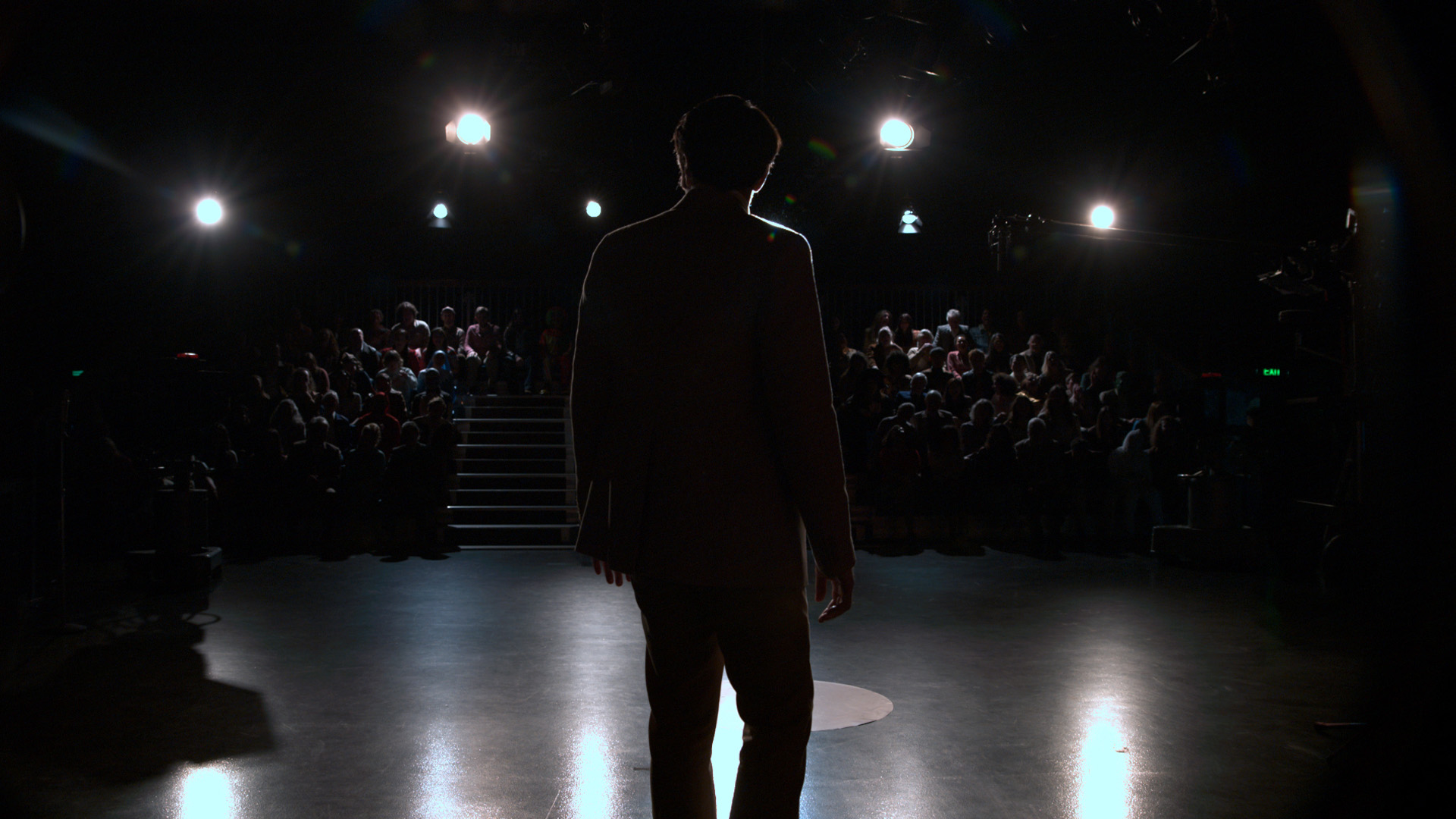
Satanic Panic aside, there was another element to Late Night that terrified its star. “I was so scared shooting the first big long opening, that monologue,” he tells me. For Dastmalchian, there was a sense that if he failed at this hurdle, the film would fail too. “If this feels like an actor, trying to be a talk show host, this movie is going to crash and burn,” he recalls thinking. “I was backstage shaking like a little leaf. I was so scared. Then I got out there and I started doing it.” Dastmalchian remembers seeing his directors after the first take: “Colin and Cameron [Cairnes]—they had this twinkle in their eyes, they just seemed so happy with the way it was going. And I trusted them. And I’m certainly glad that I did because they’re just wonderful.”
As anyone who’s seen Late Night With the Devil knows, Dastmalchian totally nails the talk show host style. One of the many things that stood out to me was how he captured their rhythm, something he confirms was a big fear in stepping into Jack Delroy’s shoes. “I speak with a cadence and a rhythm and a lot of my characters of course sound differently than David,” he says. “You know, I’ve played the Polish sailor, I’ve played Russian hackers, I’ve played high pitched quiet guys. I’ve done a lot of different things with my voice, but something about the rhythmic cadence and the musicality of being a late night talk show host… I can’t even do it right now. It took me so much to get in that space—I can’t even just like jump into Jack. It’s so hard.”
What Dastmalchian did was to start watching people like Dick Cavett and Johnny Carson on YouTube, while his directors sent links and videos they’d compiled of Don Lane, a big, late night Australian talk show host in Australia through the 70s and 80s. “Listening to it, letting it get in my ear, the way that a musician who’s getting ready to play a certain composer probably listens to that composer to get that in their ear. That was my approach,” Dastmalchian explains. “And I’m glad that you found it effective, that makes me very happy.”

It doesn’t take anything away from his great lead performance to also compliment Late Night‘s crew in creating the best possible conditions for Dastmalchian to flourish As a theatre actor walking onto that set, he’s quick to credit the costumes, production design, sets, lighting, and more in lending to the freedom of his performance, being able to really feel like he was living and existing on a TV show set.
In a similar vein, I’d been fascinated over multiple viewings of the film as to how the talk show footage was filmed. Was it a very good recreation of the multiple cameras you’d have in a TV studio? Or was this vision switched in the same way that a real taping would be? Dastmalchian confirms they had three cameras running, with the intention of feeling like they were really taping a live late night talk show. “And then as an actor, yes, they are long-ass takes, sometimes a 10-minute take,” he reveals. “I love that though, that reminded me again of being on stage in Chicago, and I’m talking to all three cameras, sometimes I’m talking to the studio audience, sometimes I’m talking to Gus or the band. And it was like, what a gift, you know.”
Without straying into spoiler territory, it probably comes as little surprise that the horror elements of Late Night simmer throughout before eventually boiling over in its finale. “I loved the way that Colin and Cameron wrote the ultimate eruption,” Dastmalchian says. “It’s like a volcano.” Citing David Lynch as one of his favourite filmmakers, the actor sees some similarities with this film. “David Lynch has this incredible gift at being able to bring to life in cinema the vibrancy, the strange dissonance of dream language,” Dastmalchian observes.
“I have always believed that David Lynch paints within the subconscious when he’s laying out a film and sequences and something about the way Late Night rises in its crescendo, to me went down that pathway, the tradition of “now we’re in full disassociative explosive psychotic breakdown horror”, Dastmalchian says. “And it’s a straight up nightmare that you could read, interpret via whatever lens you as an audience member are looking at this film through. And it also in a sense, reminded me of those third act bonkers crazy explosive finales you’d get from filmmakers like David Cronenberg, or John Carpenter, so I was on for the ride.”
“I felt like it was the kind of stuff I’d always wanted to be doing. I loved it.”
THIS INTERVIEW HAS BEEN EDITED FOR LENGTH AND CLARITY









